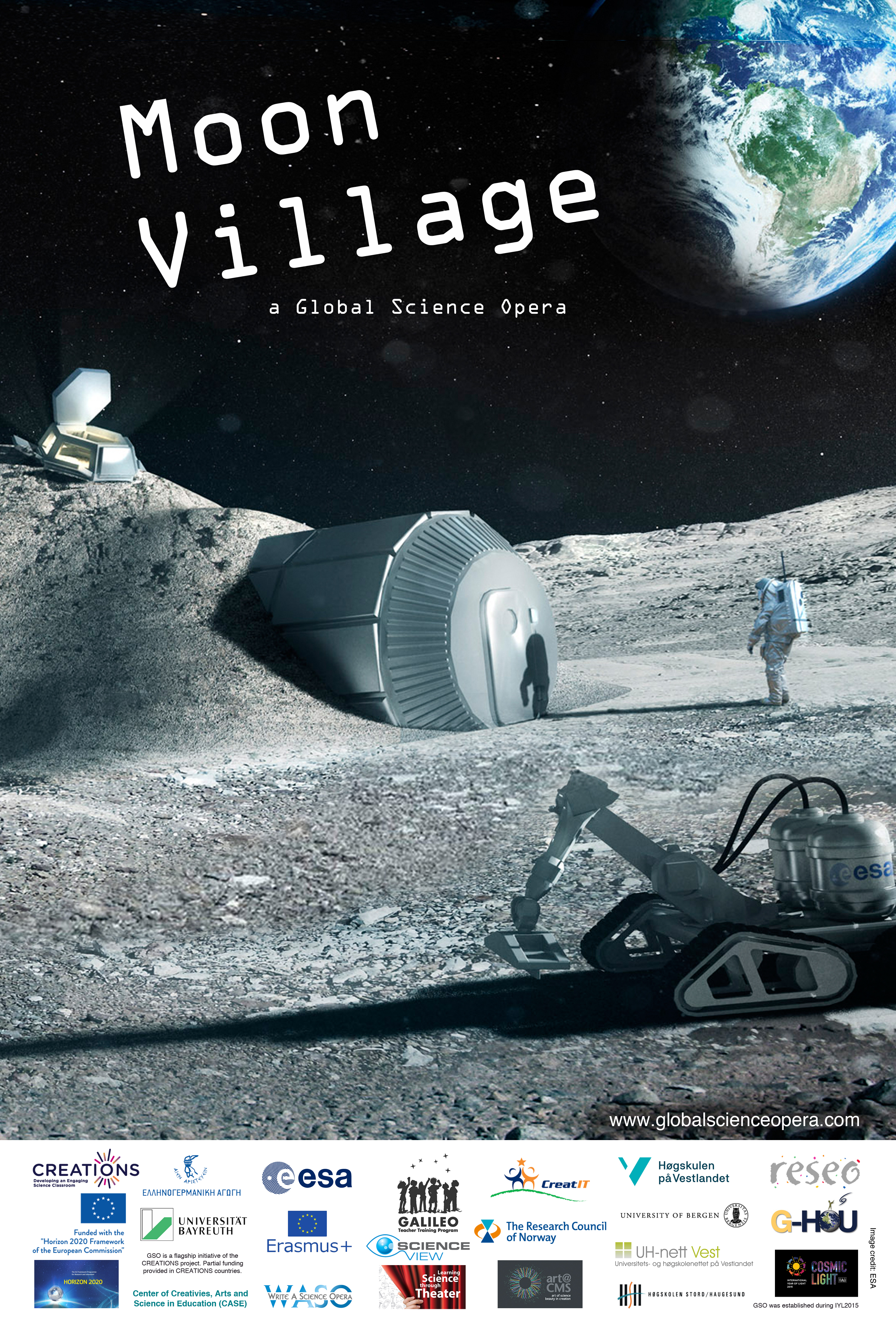


While Woerner didn’t attend, he recorded a brief video message, reminding participants that we’re “not going back to the moon, we’re going forward to the moon.”Ĭompanies both large and small also discussed their capabilities at the conference. Jim Green, NASA’s chief scientist, discussed NASA’s lunar exploration plans. Scott Pace, executive secretary of the National Space Council, talked about U.S. The event attracted a number of key government and commercial figures. “We found that, in order to implement the vision of the Moon Village, you need an organization that can create a permanent platform,” said Giuseppe Reibaldi, president of the Moon Village Association. Over the course of two days, split between the University of Southern California and a nearby hotel, attendees talked about lunar exploration concepts and technologies. Reibaldi was speaking at the beginning of the organization’s second annual meeting, held in early November in Los Angeles. “We have created the association to be a forum to advance the development of the Moon Village.” “We found that, in order to implement the vision of the Moon Village, you need an organization that can create a permanent platform,” said Giuseppe Reibaldi, president of the association who previously worked for 35 years at ESA. Instead, the concept is being organized, loosely, by a nonprofit organization established in 2017 called the Moon Village Association. It says, ‘Let’s do it together.’”īut while Woerner might be the most famous advocate for Moon Village, it’s not an ESA program. “The Moon Village is not one project or one program. So, what is it? “The idea of the Moon Village is a multipartner, open concept,” he said. “I don’t want to move people away from the Earth to live on the moon.” “Moon Village is not the colonization of the moon,” he said. Woerner, who has advocated for the concept since before he took the reins of ESA, said the idea is not about human spaceflight at all, really.


 0 kommentar(er)
0 kommentar(er)
